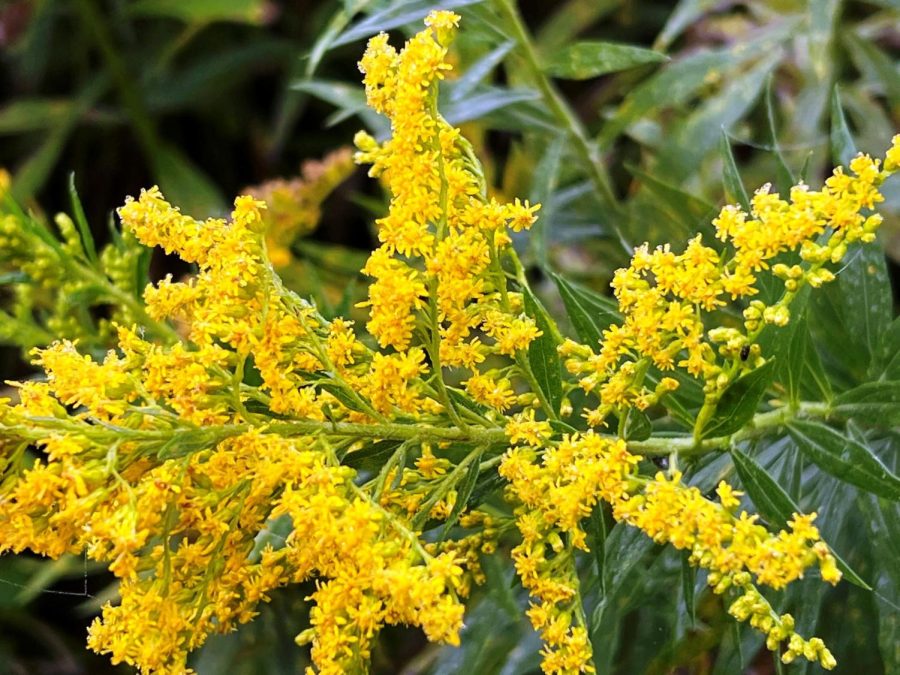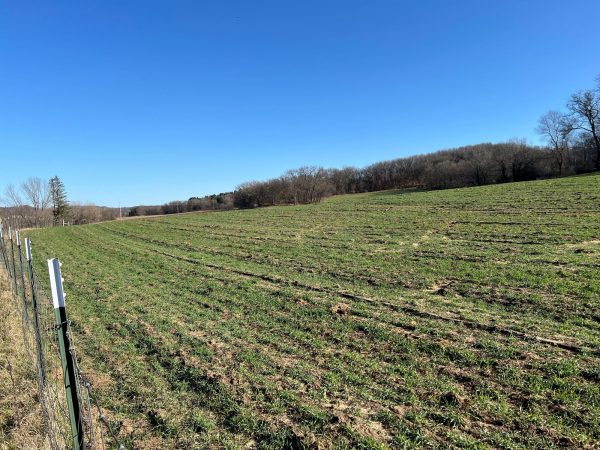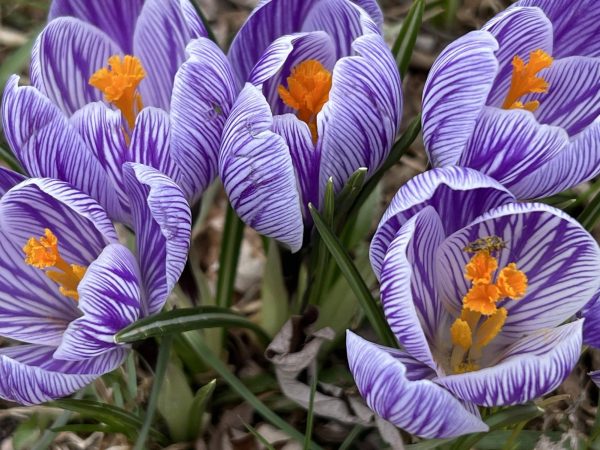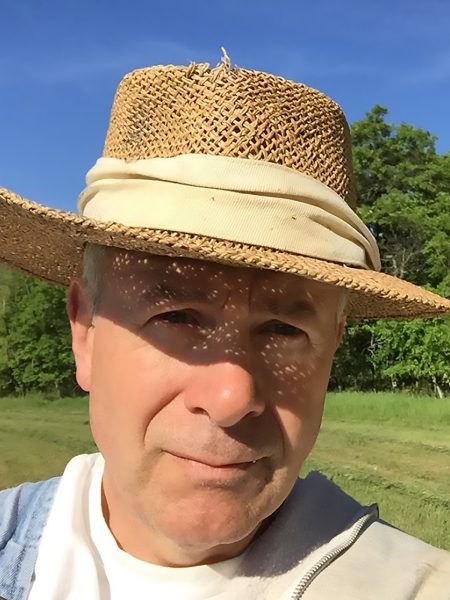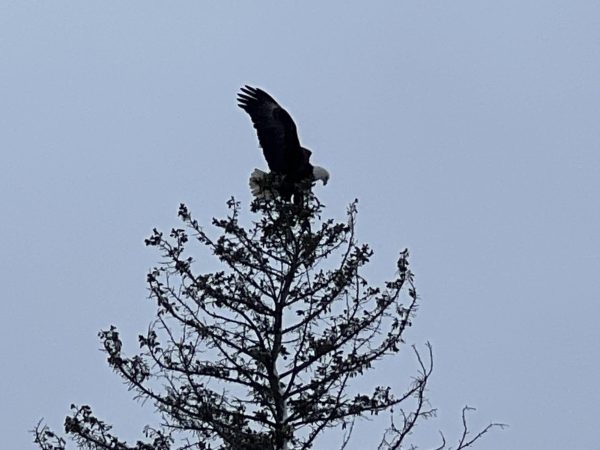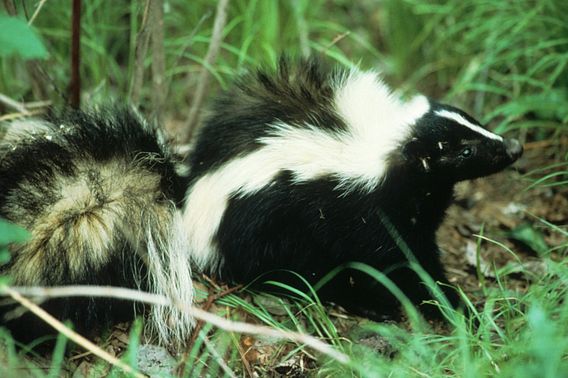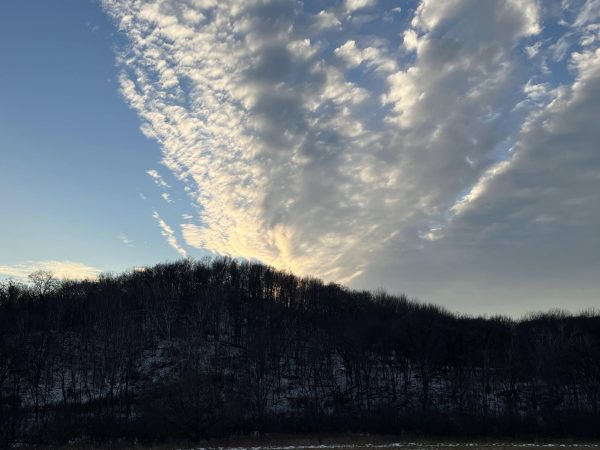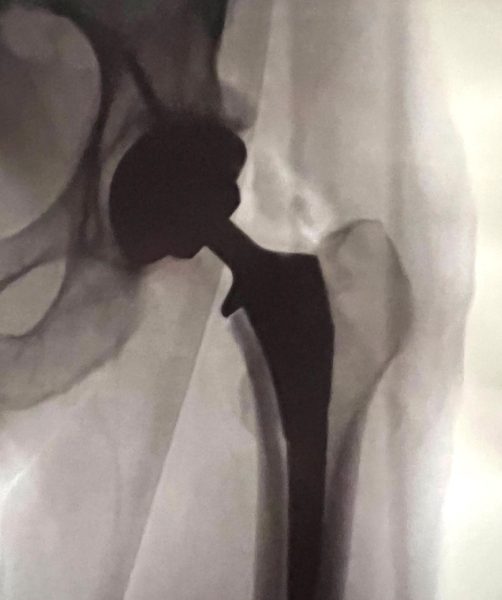Goldenrod and more bridges
September 11, 2022
It’s tempting to proclaim the lawn and garden season over as we creep closer to fall, but the work remains even after the growing season ends.
Certain chores have already been suspended – like weeding our pathetic excuse for a vegetable garden – but we’ve planted new fall mums and have started to plant bulbs for next spring. I have been told that the flower gardens around the yard need one more weeding before the cold weather hits.
High on the weeding agenda is the removal of some goldenrod plants that emerged in one of the flower gardens.
Before I tangled with the enemy, I decided to do a little research on my foe. Goldenrod gets an undeserved reputation as the late summer hay fever contributor when it is actually ragweed that is the true culprit.
While goldenrod does have pollen, it is sticky and not wind borne like that of ragweed. They bloom at the same time, however, which prompts the blame.
Goldenrod grows all over any unpastured areas of our farm. I remember a day more than 50 years ago when my grandfather Keith Hardie and I were walking through the woods.
It was late fall and we came across the dried stalks of many goldenrod plants.
“I want to show you something,” Grandpa said. “You can use these plants to fish. Do you know how?”
“Can you use the stalks as fishing canes?” I asked.
Grandpa smiled.
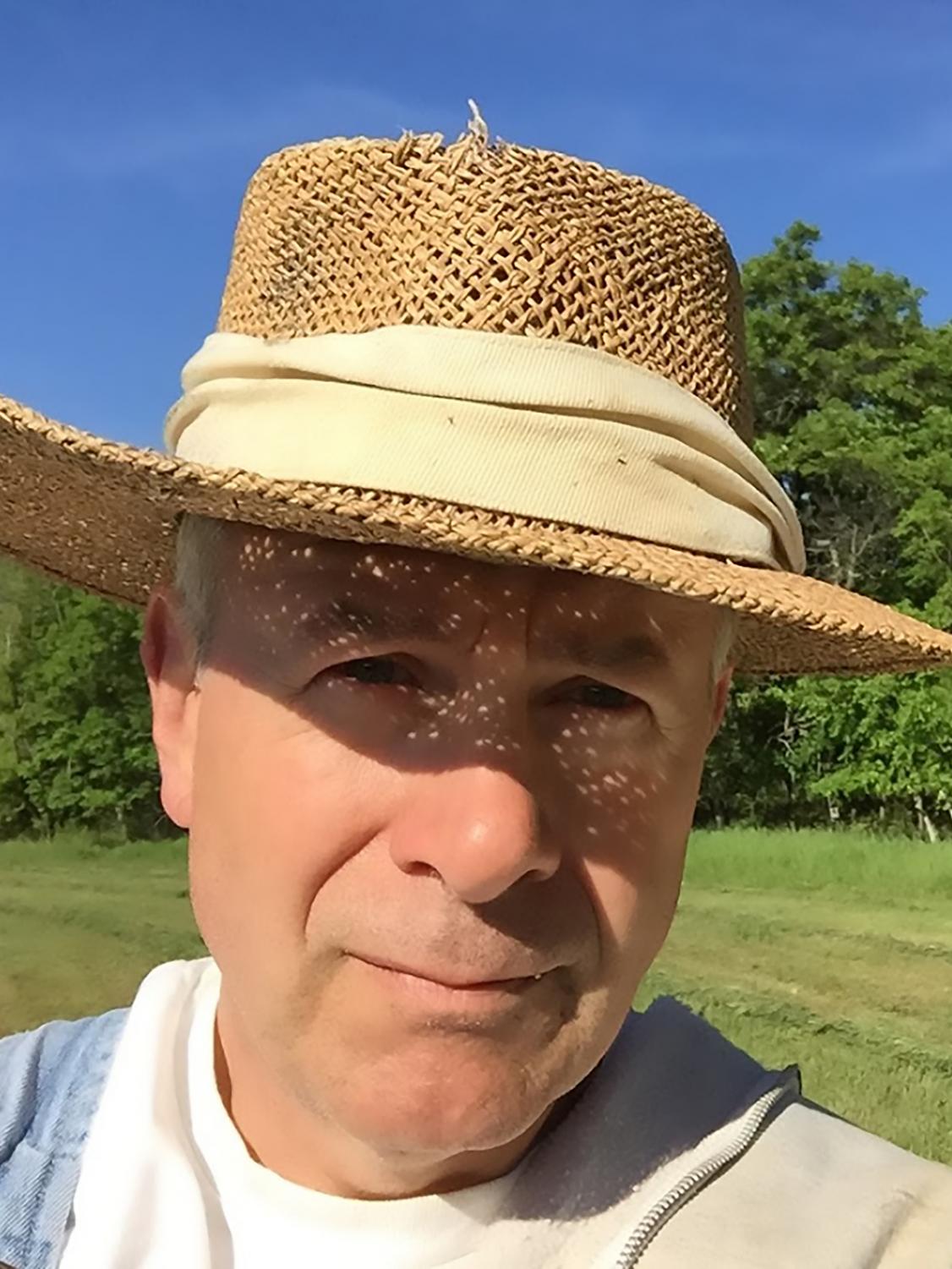
“Good guess, but no. Here’s how.”
Grandpa pulled out his pocket knife and cut into a round ball on the stem of the goldenrod. Inside was a small grub.
“Here,” he said. “Fish love these.”
Larva not used for fishing survives the winter and emerges as a fly the next summer.
Goldenroad is also edible. The flowers and leaves can be used for tea and the leaves can be cooked or blanched and frozen for soups or stews. It has some medicinal benefits.
Unlike other weeds, goldenrod is actually native to North America. There are now hybrid forms of the plant that are sold in garden centers.
I mentioned some of these interesting facts to my wife Sherry, thinking perhaps she would look more kindly upon those beautiful yellow flowers in her garden and I could scratch off one task in the to-do list without having to lift a finger.
None of this was news to her. The directive was again reiterated. “They are invasive and I want them gone.”
It was a good try though.
Bridges revisited
I heard from several readers who replied to my recent column about some of the area’s historic and previous bridges.
It was my recollection that the old bridge that crossed the Black River at North Bend had collapsed on a Sunday night, but I wasn’t sure of the month or the precise year. I thought it was 1980.
Thanks to information from Larry Rodenberg, a high school classmate, the date was March 22, 1981. It was indeed a Sunday night.
Richard McElmury of Onalaska sent me a couple of photos from a railroad bridge in Valley City, N.D. The bridge opened in 1908 and is 3,860 feet long and 162 feet above the Sheyenne River. It is still in use today and remains one of the longest and highest railroad viaducts in the country.
Speaking of old bridges, our trip to Scotland took us past the Old Bridge at Glenlivet which dates to the late 16th century.
The masonry bridge crosses the River Livet with three hump-backed arches standing on a natural rocky outcrop. The bridge was damaged in a flood – one arch washed away – in 1829 and a new bridge was built nearby.
I seem to recall that it was a Sunday night.
Chris Hardie spent more than 30 years as a reporter, editor and publisher. He was nominated for a Pulitzer Prize and won dozens of state and national journalism awards. He is a former president of the Wisconsin Newspaper Association. Contact him at [email protected].

